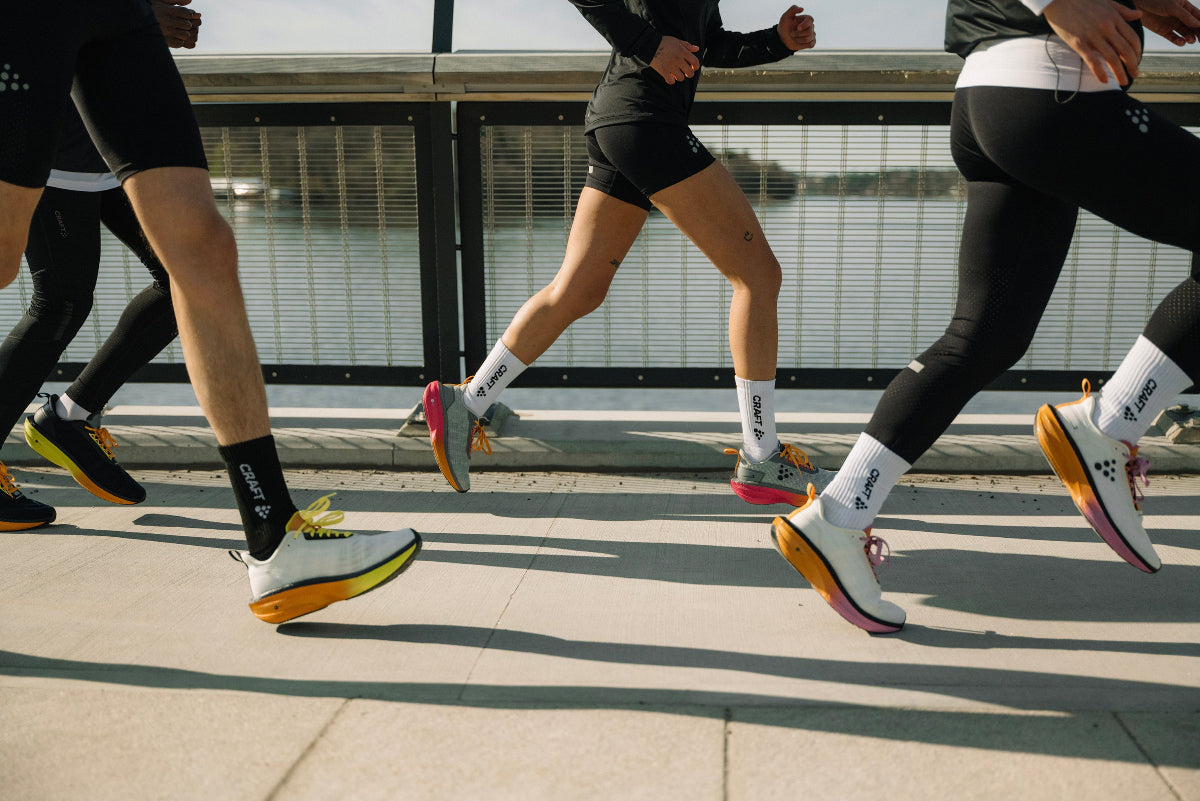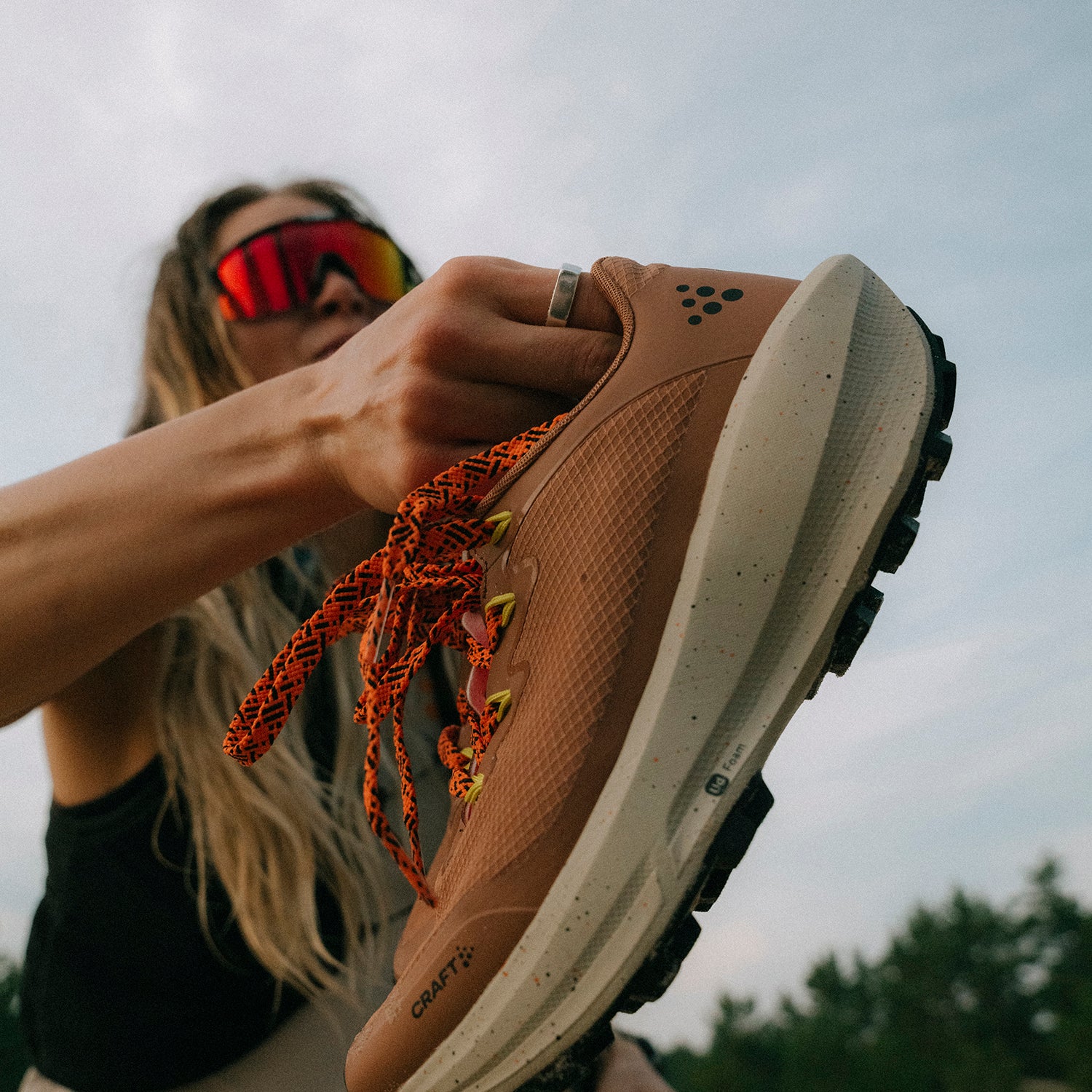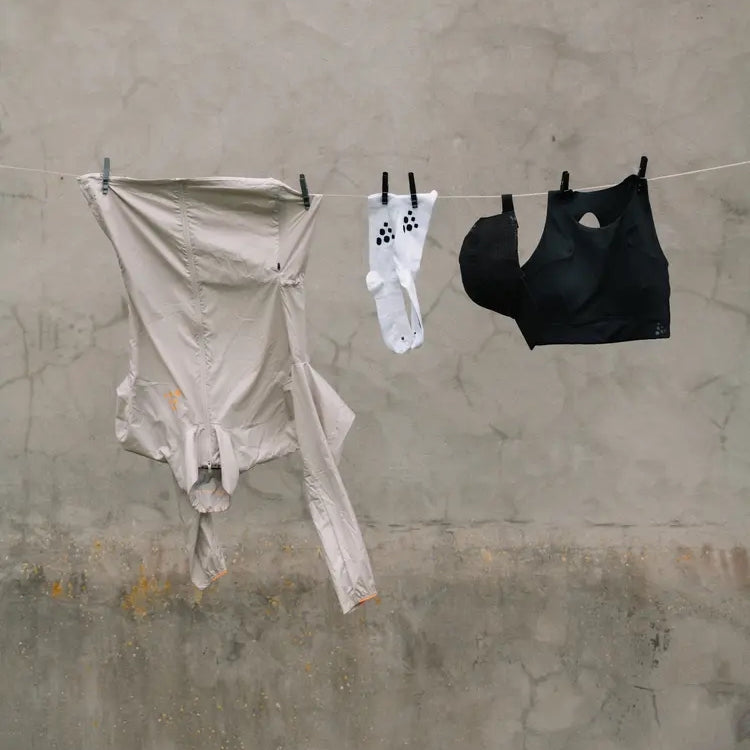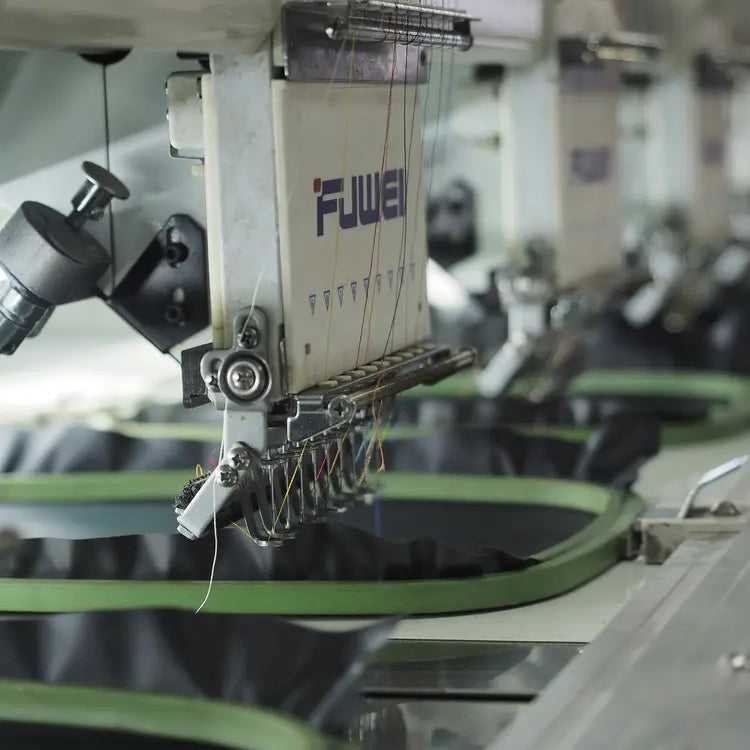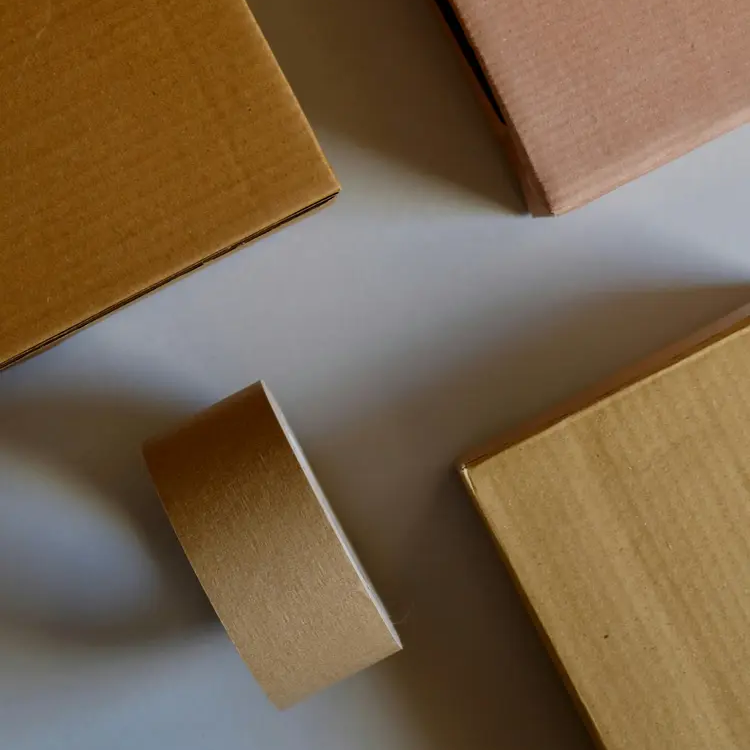CRAFT'S DESIGN GOALS
01: CO2 calculations for the 20 most important materials by 2025
02: New development for outerwear with repairable properties by AW25
03: Lifetime Warranty Program for Base Bearings
“A garment worn twice as long reduces its carbon footprint by 49%.”
Every Craft garment should be a perfect combination of timeless style and tireless functionality. A philosophy that influences every decision we make during the design phase. That's why we choose colors and patterns that won't feel outdated prematurely. We develop durable materials that match our vision of what the garment will be exposed to. We reinforce wear areas and critical points. We pay extra close attention to details like zippers and buttons. Because we focus on long-term function, our design process has more in common with a long-distance runner than a sprinter, something that we are convinced will result in more kilometers, washes and training sessions along the way. That's one reason why we are introducing a lifetime guarantee for every Craft baselayer from the fall 2022 season.
Every Craft product is designed for a purpose, and the longer it serves its purpose, the lower its overall carbon footprint. Research shows that a garment worn twice as long reduces its environmental impact by 49%. Ensuring that our products last longer is one way to offset the carbon footprint of their production. The next step is to minimize it even further, by developing a method to evaluate the ecological consequences of each design prototype by 2024.


